The archaeologist who excavated a Jerusalem burial cave in Talpiot, featured in a new film is among the experts who have slammed the movie’s claim that the cave is the tomb of Jesus, his wife, and their son. The film—The Lost Tomb of Jesus, directed by Canadian journalist Simcha Jacobovici and produced by Hollywood director James Cameron—is set to air this Sunday on the Discovery Channel. The movie presents what the filmmakers say is archaeological, statistical, and genetic evidence suggesting that the family of Jesus might have been interred in the burial cave.
“The evidence is compelling,” Jane Root, president of the Discovery Channel, said during a press briefing. “The consequences are enormous.”
But the Israeli archaeologist who originally excavated the tomb insists the claims are preposterous. And a leading Christian scholar who appears in the film agrees.
“Their movie is not serious,” Amos Kloner, the Bar Ilan University professor who led the excavation in the 1980s, told National Geographic News. “They [say they] are ‘discovering’ things. But they haven’t discovered anything. They haven’t found anything. Everything had already been published. “And there is no basis on which to make a story out of this or to identify this as the family of Jesus.”

Workers first discovered the burial cave in 1980 while building apartments in the Talpiot neighborhood of southern Jerusalem. An excavation by the Israel Antiquities Authority revealed ten ossuaries, or burial boxes, inside. Aramaic inscriptions on three of the boxes read “Judah, son of Jesus,” “Jesus, son of Joseph,” and “Mariamne,” a Greek name linked by the film to Mary Magdalene.
The findings were published in 1994 by archaeologist Levy Yitzhak Rahmani in A Catalogue of Jewish Ossuaries in the Collections of the State of Israel and in a 1996 scholarly article by Kloner. According to Kloner, the Talpiot cave was a typical middle- to upper-class Jewish family’s tomb from the Second Temple period, which lasted from about 538 B.C. to A.D. 70.
About 900 similar tombs have been found within a 2.5-mile (4-kilometer) radius of Jerusalem’s Old City. Filmmaker Jacobovici now says the tomb belonged to Jesus of Nazareth. He adds that DNA testing suggests that the individuals from the “Jesus” and “Mariamne” ossuaries might have been a couple and that Judah may have been their son. But Kloner said archaeological and historical evidence trumps the film’s claims.
“Joseph, Mary, and their son Jesus were a poor family from Nazareth. There is no proof they even lived in Jerusalem,” he said.
Stephen Pfann, president of the Jerusalem’s University of the Holy Land and an expert in Semitic languages, appears in The Lost Tomb of Jesus. Pfann told National Geographic News that he also has doubts about the movie’s claims.
“I don’t think it says Yehoshua [Jesus]. It says Hanun or something,” Pfann said, after viewing high-resolution images of the ossuary inscription in question.
The film also presents a statistical study indicating that “the odds are at least 600 to 1 in favor of the Talpiot tomb being the Jesus family tomb” because of the connections between the names found. But Pfann and Kloner both said it is not surprising to find a tomb containing this combination of Jewish names, which are among the most common of that period.
“The pool of names that was available during the 1st century A.D. in this country was very limited,” Pfann said. He said scholars have also found inscriptions reading “Jesus, son of Joseph” in other tombs. In addition, Pfann said, the ossuary ascribed to Jesus was very plain, compared to the others found in the cave. “The idea that the originator of a religion like this would end up in such a plain ossuary is kind of telling as to whether this is really potentially the tomb of Jesus of Nazareth or not,” he said.

Even if the film’s claims are proven to be true, Pfann said, the finds shouldn’t significantly affect religious beliefs.
“[The film] doesn’t disprove that Jesus rose from the dead from another tomb,” he said. “This tomb doesn’t disprove the resurrection.
Attallah Hana, a Greek Orthodox clergyman in Jerusalem, is one of the many Christian leaders decrying the movie’s theories.
“The historical, religious, and archaeological evidence show that the place where Christ was buried is the Church of the Resurrection [also known as the Church of the Holy Sepulchre],” Hana told the Associated Press. “The documentary contradicts the religious principles and the historic and spiritual principles that we hold tightly to.”
The Latin Patriarchate said it would not issue any statements in response to media reports. Kloner, of Bar-Ilan University, also has concerns about a second burial cave filmed for the documentary.
The movie says that researchers discovered this “second, as-yet unexplored tomb” near the original site and that their camera crews filmed the “first ever recorded footage of an undisturbed burial cave from Jesus’ time.”
However, Kloner said, he personally excavated the second cave years ago and managed to extricate one of its eight sarcophagi before protests by ultra-Orthodox Jews shut down the dig.
“The filmmakers combined this cave with the other and lowered a camera inside just so that they would have a story,” Kloner said. “And you know what? That was really out of line.”
Original Source: National Geographic News


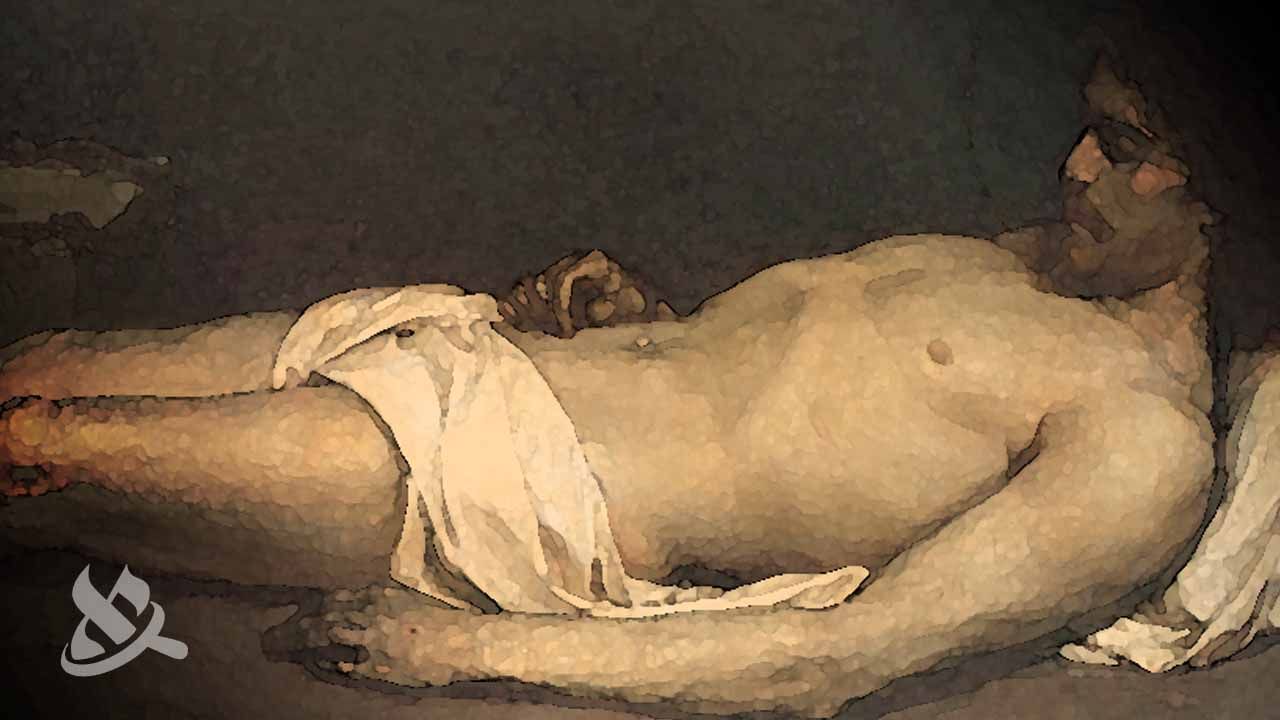
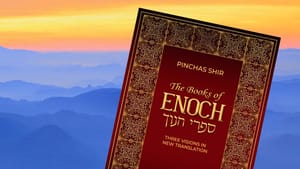


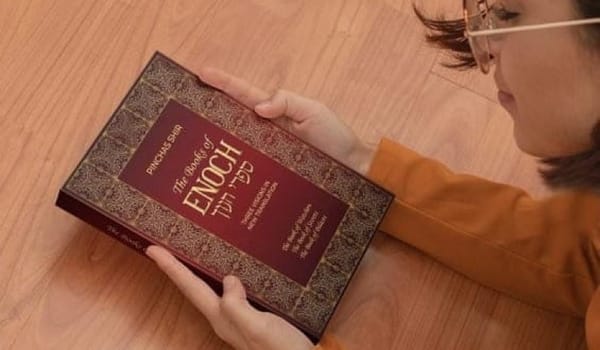
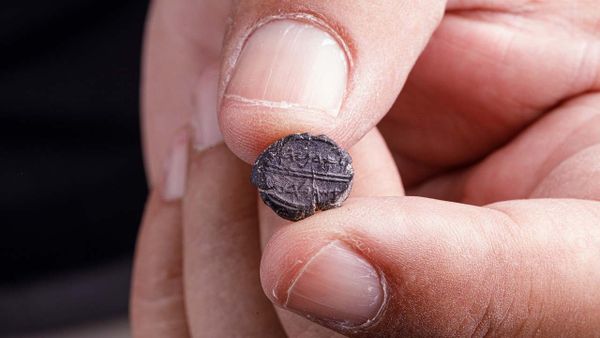
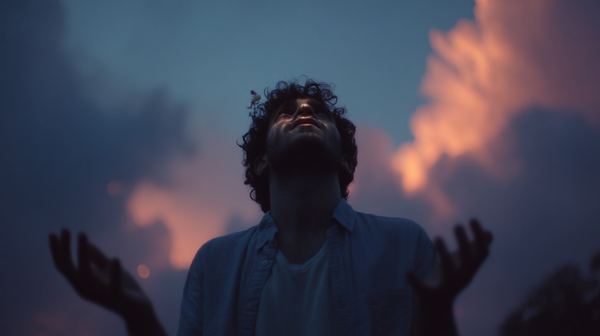


Member discussion